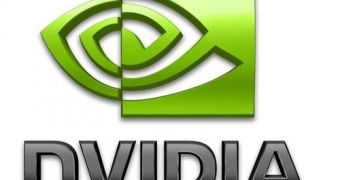The National Center for Supercomputing Applications (NCSA) has chosen to adopt a hybrid approach, like so many other supercomputers have.
The Blue Waters, as its HPC (high-performance computing) application is called, will rely on both x86 CPUs and GPUs.
The chosen GPUs (graphics processing units), or GPU compute accelerators as they are more properly called, are from NVIDIA's Tesla series.
Overall, Blue Waters should be able to reach and even surmount the one Petaflop threshold.
Once complete, it will be used for scientific research in the fields of molecular dynamics, astrophysics, earthquake engineering, materials science, etc.
Computer simulations is what NCSA will have the supercomputer spend most time on.
“NCSA has seized this opportunity to make Blue Waters into an even more amazing scientific computing instrument than originally planned,” said Steve Scott, chief technology officer of Tesla at NVIDIA.
“The performance and wide access of Blue Waters will enable the scientific community to accelerate the race for better science.”
Blue Waters is supported by the National Science Foundation and the University of Illinois.
In the future, NCSA will work with Cray and NVIDIA closely to perhaps expand the sustained petascale performance, so as to tackle even greater full-form science and engineering challenges.
“NCSA is excited about the inclusion of NVIDIA's Tesla GPUs in Blue Waters,” said Thom Dunning, director of the Institute for Advanced Computing Applications and Technologies and the National Center for Supercomputing Applications at the University of Illinois at Urbana-Champaign.
“GPUs provide extraordinary capabilities for numerically-intensive computations and a cost-effective, energy-efficient way to build tomorrow's petascale supercomputers.”
Professionals that were hoping NVIDIA might have something for them too will probably be more interested in the Maximus technology, which also has to do with Tesla.
It enables systems to intelligently distribute tasks between Quadro and Tesla chips and is covered here.

 14 DAY TRIAL //
14 DAY TRIAL //